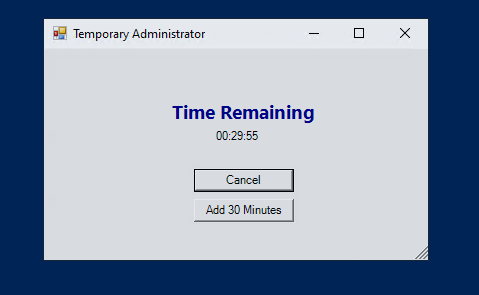;WITH XMLNAMESPACES ( DEFAULT 'http://schemas.microsoft.com/SystemsCenterConfigurationManager/2009/06/14/Rules', 'http://schemas.microsoft.com/SystemCenterConfigurationManager/2009/AppMgmtDigest' as p1)
SELECT
A.[App Name],max(A.[DT Name])[DT Title],A.Type
,A.ContentLocation ,A.InstallCommandLine,A.UninstallCommandLine,A.ExecutionContext,A.RequiresLogOn
,A.UserInteractionMode,A.OnFastNetwork,A.OnSlowNetwork,A.DetectAction
from (
SELECT LPC.DisplayName [App Name]
,(LDT.SDMPackageDigest.value('(/p1:AppMgmtDigest/p1:DeploymentType/p1:Title)[1]', 'nvarchar(max)')) AS [DT Name]
,LDT.SDMPackageDigest.value('(/p1:AppMgmtDigest/p1:DeploymentType/p1:Installer/@Technology)[1]', 'nvarchar(max)') AS [Type]
,LDT.SDMPackageDigest.value('(/p1:AppMgmtDigest/p1:DeploymentType/p1:Installer/p1:Contents/p1:Content/p1:Location)[1]', 'nvarchar(max)') AS [ContentLocation]
,LDT.SDMPackageDigest.value('(/p1:AppMgmtDigest/p1:DeploymentType/p1:Installer/p1:InstallAction/p1:Args/p1:Arg)[1]', 'nvarchar(max)') AS [InstallCommandLine]
,LDT.SDMPackageDigest.value('(/p1:AppMgmtDigest/p1:DeploymentType/p1:Installer/p1:UninstallAction/p1:Args/p1:Arg)[1]', 'nvarchar(max)') AS
[UninstallCommandLine]
,LDT.SDMPackageDigest.value('(/p1:AppMgmtDigest/p1:DeploymentType/p1:Installer/p1:InstallAction/p1:Args/p1:Arg)[3]', 'nvarchar(max)') AS [ExecutionContext]
,LDT.SDMPackageDigest.value('(/p1:AppMgmtDigest/p1:DeploymentType/p1:Installer/p1:InstallAction/p1:Args/p1:Arg)[4]', 'nvarchar(max)') AS [RequiresLogOn]
,LDT.SDMPackageDigest.value('(/p1:AppMgmtDigest/p1:DeploymentType/p1:Installer/p1:InstallAction/p1:Args/p1:Arg)[8]', 'nvarchar(max)') AS [UserInteractionMode]
,LDT.SDMPackageDigest.value('(/p1:AppMgmtDigest/p1:DeploymentType/p1:Installer/p1:Contents/p1:Content/p1:OnFastNetwork)[1]', 'nvarchar(max)') AS [OnFastNetwork]
,LDT.SDMPackageDigest.value('(/p1:AppMgmtDigest/p1:DeploymentType/p1:Installer/p1:Contents/p1:Content/p1:OnSlowNetwork)[1]', 'nvarchar(max)') AS [OnSlowNetwork]
,LDT.SDMPackageDigest.value('(/p1:AppMgmtDigest/p1:DeploymentType/p1:Installer/p1:DetectAction/p1:Provider)[1]', 'nvarchar(max)') AS DetectAction
FROM
dbo.fn_ListApplicationCIs(1033) LPC
RIGHT Join fn_ListDeploymentTypeCIs(1033) LDT ON LDT.AppModelName = LPC.ModelName
--where LDT.CIType_ID = 21 AND LDT.IsLatest =
1
) A
GROUP BY A.[App Name],A.Type,A.ContentLocation,A.InstallCommandLine,A.UninstallCommandLine,A.ExecutionContext,A.RequiresLogOn,A.UserInteractionMode,
A.OnFastNetwork,A.OnSlowNetwork,A.DetectAction










